Which cocoa is the best?
Chocolate ice cream belongs to the most popular varieties and I can only agree wholeheartedly. I love chocolate in all forms, in any situation and in any weather 🙂.
A common misconception is that chocolate ice cream gets better the more chocolate it contains. However, it is true that the central and most important ingredient is the cocoa. As you would expect, there are a few things to keep in mind.
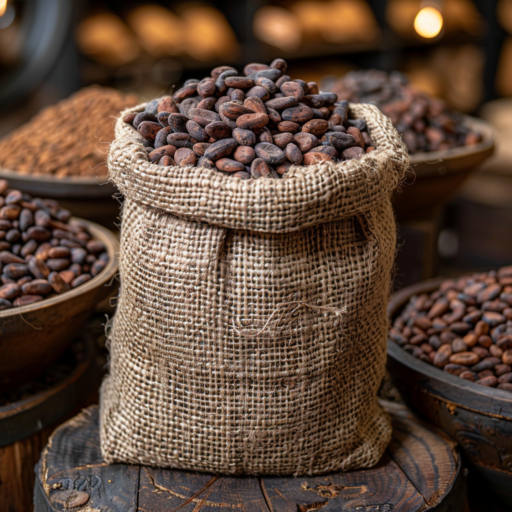
I want to help you with this post,
to find the right cocoa for you!
Content
Where does the cocoa come from?
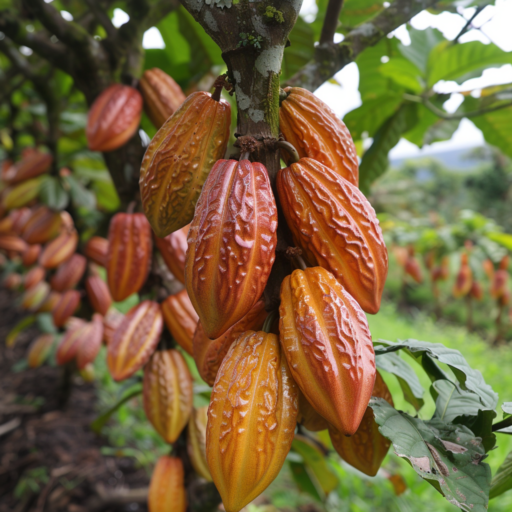
The cocoa powder that we know from the supermarket is made from the Cocoa tree seed produced. After fermentation, drying and roasting, the beans are ground to a mass. This in turn is separated into butter and powder.
The official Latin name of the cacao tree is Theobroma cacao, which means as much as "Food of the gods" means. You can read more about this in the paragraph on History read.
The cacao tree is in Central and South America native. Meanwhile, cocoa is used in many tropical areas of Asia, Europe and Africa cultivated.
History of cocoa
Cocoa has been a popular drink for thousands of years and is appreciated all over the world. The history of chocolate can be to the ancient Mayas trace back. The word is derived from the Mayan word "kakaw". In various ancient cultures it acquired a sacred status. Deities were worshipped for bringing cocoa into the world. It found use in Rituals and ceremonies. In addition, because of their value, the beans were used early as a Means of payment used.
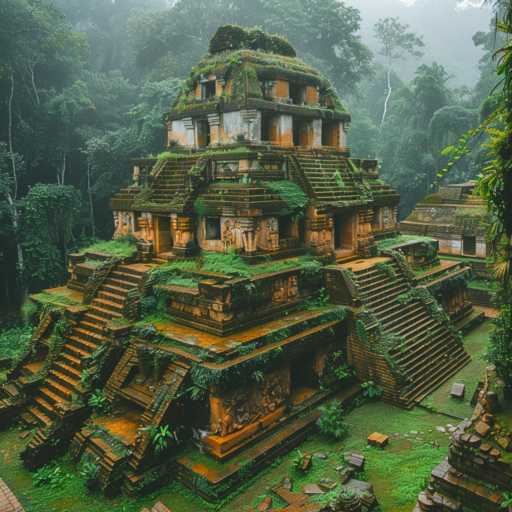
Finally, in the 16th century, the Spaniards the cocoa to Europe. When other European countries such as Italy and France visited parts of Central America, they also got to know him and brought the chocolate to their respective countries.
From then on, cocoa spread rapidly across Europe. With the great demand arose large Plantations, on which thousands of Slaves had to work.
European palates were not very satisfied with the traditional recipes for chocolate drinks. Further developments occurred and often the hot chocolate was refined with cane sugar, cinnamon and other spices.
The Dutch chemist Coenraad Johannes van Houten In 1828, discovered a way to combine the beans with alkaline salts to treat. The result was a powder that was easier to mix with water. The process was called "Dutch processing" known and still exists today.
Both Dutch processing and the cocoa press contributed to the fact that a Mass production of cocoa powder became possible. This made chocolate affordable for everyone.
For most of the 19th century, chocolate continued to be enjoyed as a beverage. It was not until the British chocolatiers J.S. Fry and Sons was the first chocolate bar invented
The Swiss chocolatier Daniel Peter is generally credited with adding dried milk powder to chocolate in the late 19th century in order to Milk chocolate to produce. A few years later it came to the collaboration with his friend Henri Nestlé. Together they founded the Nestlé company and introduced milk chocolate to the market. However, this chocolate was still hard and difficult to chew.
In 1879, another Swiss chocolatier invented, Rudolf Lindt, the conching machine (conche for short). This gives the chocolate a soft, melt-in-the-mouth consistency and mixes well with other ingredients.
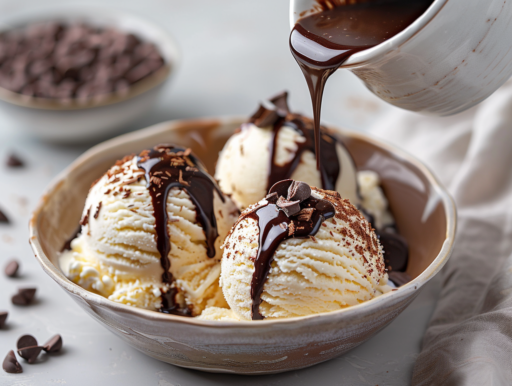
In the late 19th and early 20th centuries, family-owned companies like Mars and Nestlé produced a variety of Chocolate confections, to meet the growing demand for sweet treats.
Nowadays, it is impossible to imagine our lives without cocoa and chocolate. There are endless variations and varieties that sweeten our everyday lives.
* For qualified purchases via Amazon links on this page, we earn a small commission without any disadvantage to you. Thank you very much!
What are the varieties?
There are several varieties (called varietals) of the cacao tree. The difference in the Variety and the processing lead to different varieties:
- Criollo: is the Most expensiveas it has a very intense and delicate aroma. The tree is also more sensitive and susceptible to disease. This variety is mainly found in Central America ( e.g. Copaya Cocoa Powder B... from € 16.90 (€ 33.80 / kg) )* .
- Forastero: is characterized by dark and rather bitter beans that grow mainly in the Amazon. Due to the robustness of the trees, it makes approx. 80 % of world production from ( e.g. Cocoa powder organic 1kg... from € 28.89 (€ 28.89 / kg) )* .
- Trinitario: is a cross between the first two forms. This combines a high-yielding and robust tree with finer beans. This variety makes approx. 15 % of world production off.
Cocoa powder is made with us in trade usually according to origin and not sold by variety. It is therefore difficult to determine which variety is included in the packet. The only thing that is certain is that in the world it is mainly the less noble variety that prevails, while the criollo is rare. You will in trade most likely only the Forastero unless you go to a delicatessen or specialty store or order online.
Environmental aspects of cultivation
Unfortunately, cocoa production, like all ruthless mass production, Environmentally harmful and is largely based on the Exploitation of small farmers. You can find a lot of information about this on the Internet, among other things at the Sustainable Cocoa Forum (German Initiative on Sustainable Cocoa). From deforestation of the rainforest to soil erosion and an appalling carbon footprint, conventional cultivation is highly critical. Natural habitats and the environment are damaged and the indigenous population is exploited.
But it doesn't have to be that way!
The trend in cultivation is towards Sustainability. We as consumers are called upon to support this development through conscious shopping. There are various Sealthat you should pay attention to. Internationally recognized are among others Fairtrade, Rainforest Alliance Certified™ and UTZ Certified™.
Pollutant load
Another important aspect is that cocoa and chocolate can be contaminated with harmful substances. Tests for example by Product test foundation found in individual products Contamination with cadmium or mineral oil. It becomes clear time and again that expensive chocolate or organic products are not necessarily the better ones.
The load may be of natural origin, among other things. Through the Growth of the trees on Volcanic rock accumulates Cadmium an. Under normal circumstances, the levels are below the applicable limits. However, it is also possible that exposure to the Packing of the products that lead to contamination with Mineral oils leads.
Unfortunately, the cadmium content is not stated by many sellers. However, as this is very important to me, I currently use a cocoa which, according to the manufacturer's information, has a very low cadmium content has Organic cocoa powder 500g without additives | Unsweetened* . Update 07/2025: unfortunately the cocoa from Steinberger is no longer available. I have put together three alternatives from Edelmond for you. A cocoa that I also like very much. Now with proven low cadmium values.
The right cocoa for ice cream production
There are many recipes that use chocolate to make ice cream. But here I tell you the secret of really good ice cream!
Cocoa should be used for maximum chocolate flavor.
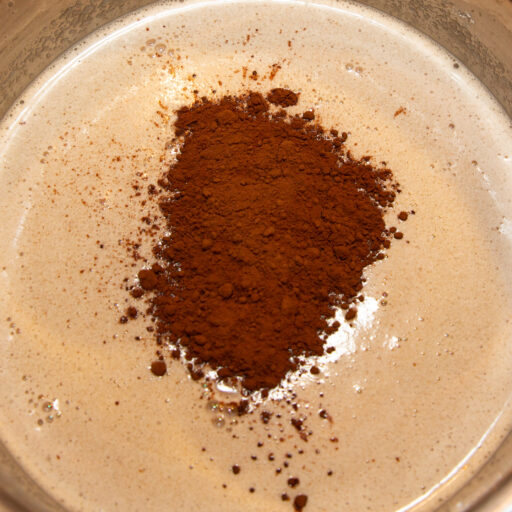
The reason is a simple consideration. Why would you use a mixed product like chocolate when you can 100 % Taste can use? Therefore, you will always find in my recipes the ingredient cocoa powder and not chocolate. The latter, on the other hand, can be used well as a topping or for dripping into the finished ice cream mass. Here I usually use Chocolate with a high cocoa content from 70%* for example for Stracciatella ice cream or Marzipan ice cream with chocolate chips.
Also for vegan ice cream recipes it's perfect that you don't have to use chocolate. This is because it usually contains milk in one form or another, unless you buy more expensive vegan chocolate. Examples of a vegan recipe with cocoa are my Chocolate ice cream from aquafaba.
Also the Cocoa butter is very suitable for making chocolate glazes. Either for a beautiful Dark chocolate icing as a crunchy topping or Light-colored glaze as a coating for popsicles.
In no case you should Drinking chocolate because the cocoa content is low and the sugar content is high. Most often, other additives can be found on the ingredient list. Not to mention that the ice balance of the recipe is no longer correct due to these mixed products and the taste of chocolate is less intense.
As mentioned above, you will hardly find the variety description on a package. However, when buying still remains the Choice of low oil, high oil, alkalized and non-alkalized.
Deoiled powder contains less fat (cocoa butter). Weakly deoiled powder dissolves more poorly than strongly deoiled powder in water or milk. On the other hand, the taste is more intense. Due to the Alkalization acid is reduced, the powder is more easily soluble in water, and the taste is stronger. However, the secondary plant compounds lost, which have a positive effect on health.
Therefore, I prefer to use for ice cream making Weakly deoiled and non-alkalized powder. It's best to test different varieties yourself to find your favorite cocoa for making chocolate ice cream. I currently use the powder from Steinberger Organic cocoa powder 500g without additives | Unsweetened* .
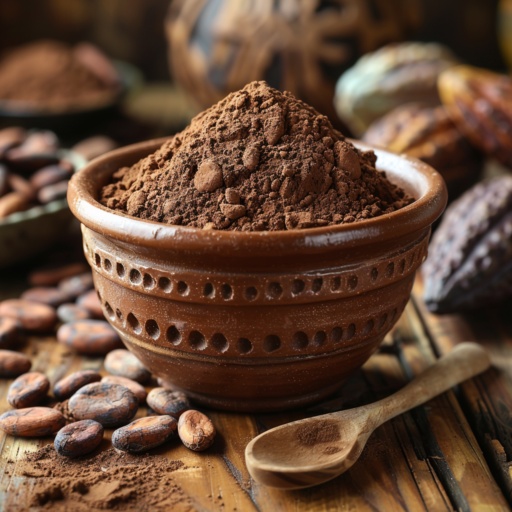
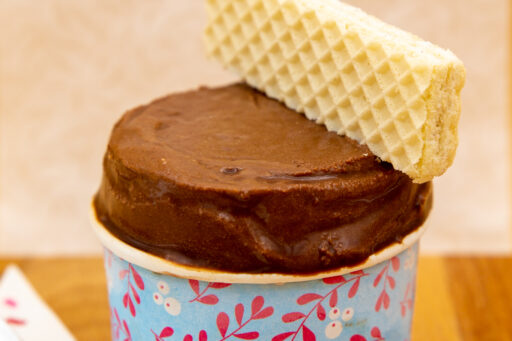
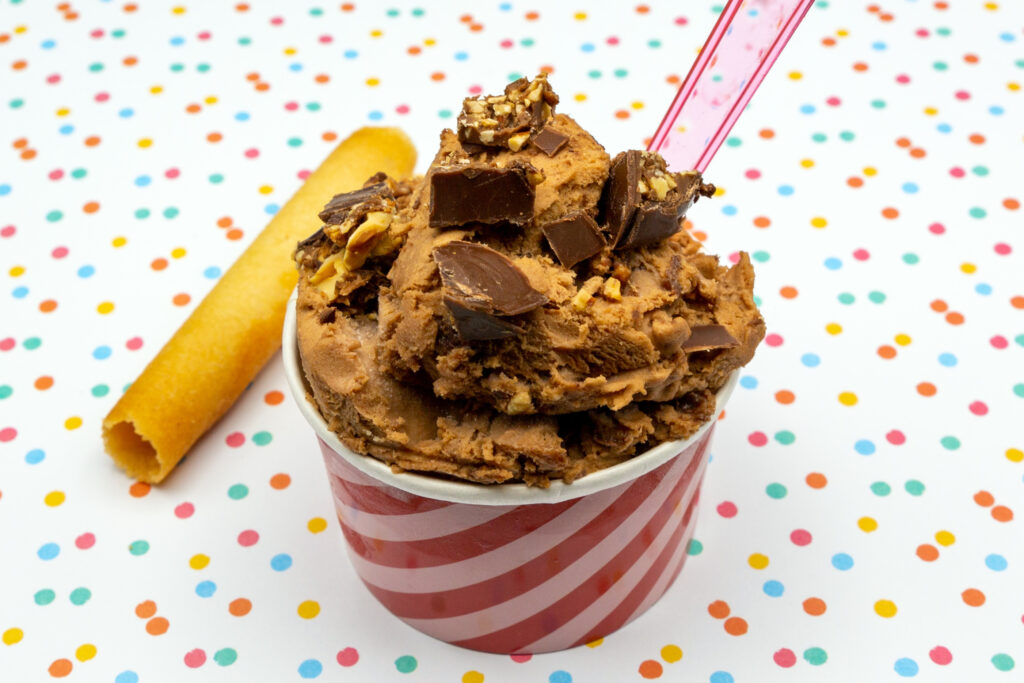
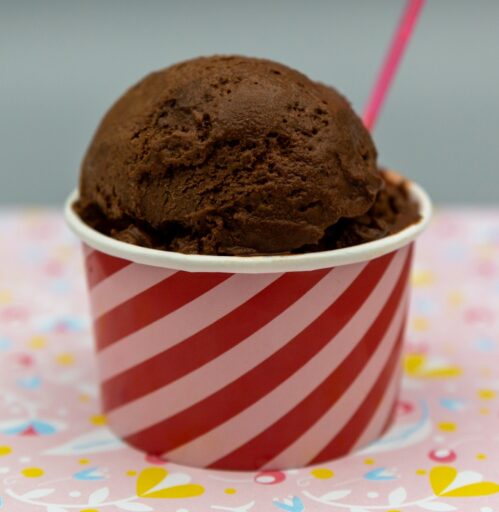
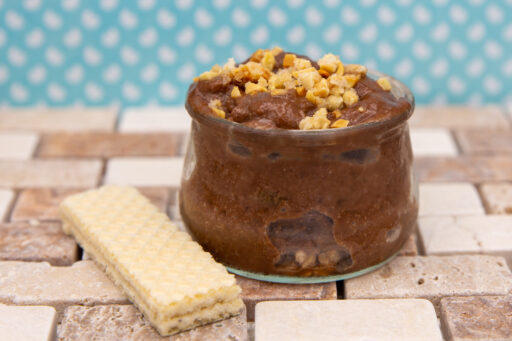
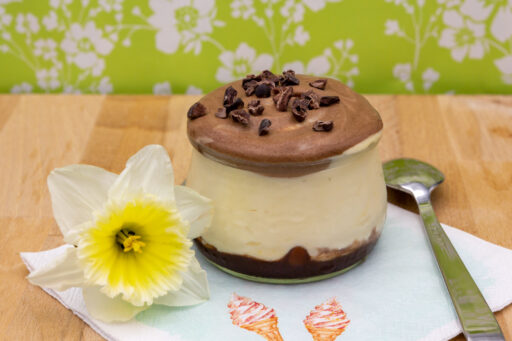
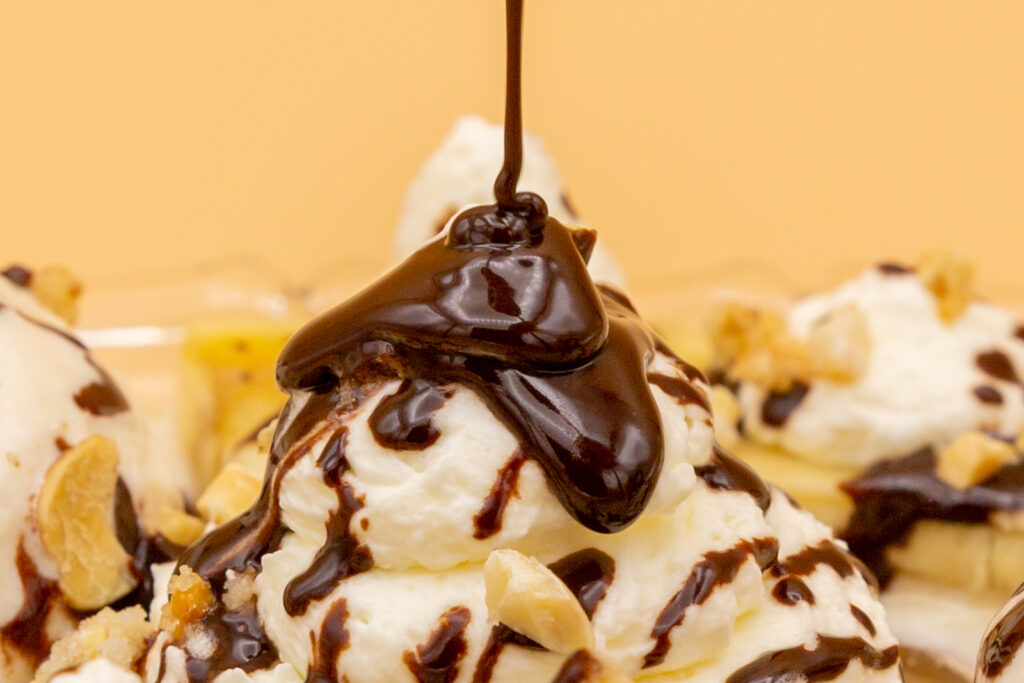
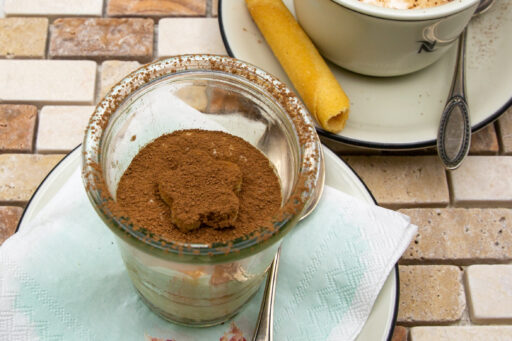
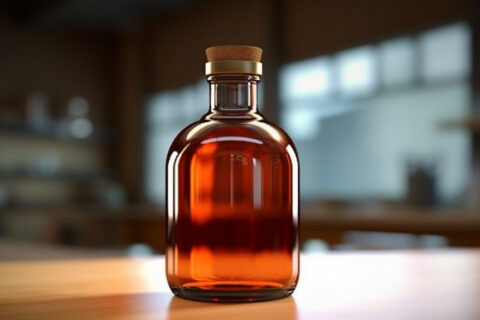
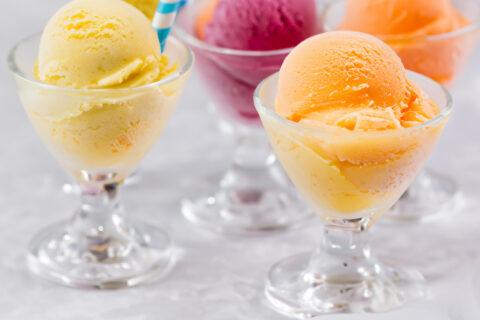
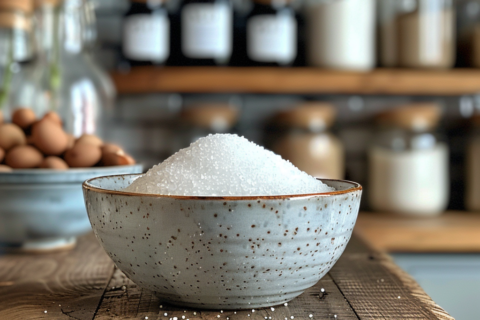

Hello, the Steinberger cocoa powder is no longer available, what alternative is there!!!
Charlotte
Hello Charlotte,
Thank you very much for the tip. It's a real shame that this cocoa is no longer available.
Another cocoa that I particularly like is the Organic raw cocoa powder from Edelmond*. Cadmium has now also been analyzed.
I will add the alternatives to the article.
Best regards